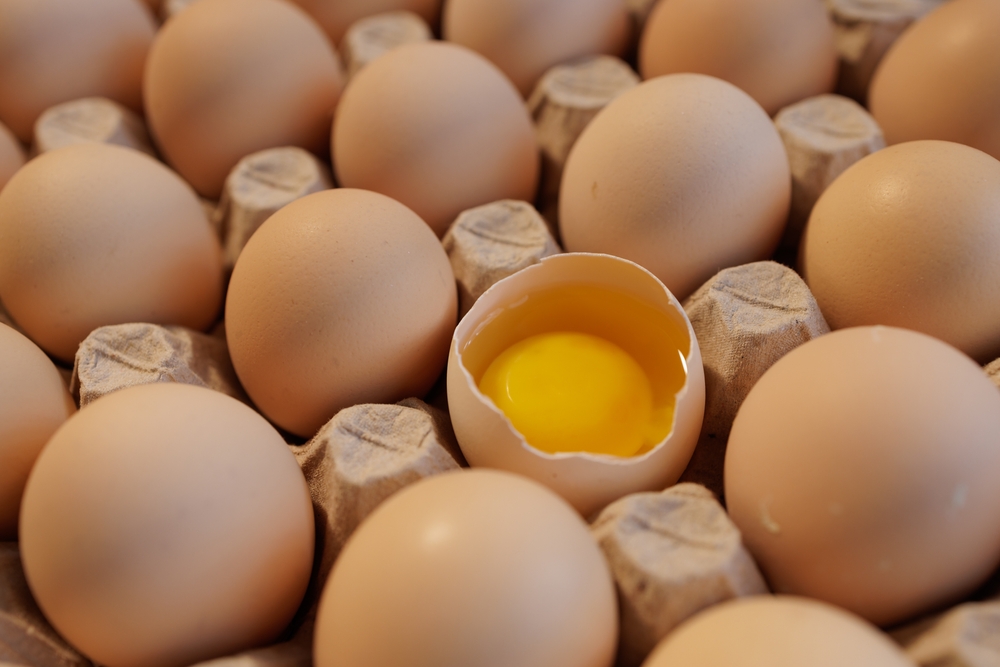What That White String in Your Egg Really Means
Others are reading now
Eggs are one of the most popular and useful ingredients in the kitchen.
In many cuisines across the world, they’re a must-have. They’re packed with protein, vitamins, and minerals.
You can cook them in many ways—fried, boiled, scrambled, poached, or made into an omelet.
Eggs are also common in desserts and baked dishes. They’re cheap, filling, and easy to prepare. That’s why most households always have a few in the fridge.
Also read
Even though eggs come with a best-before date, they don’t spoil the minute that date passes.
In many countries in Europe, the use-by date is usually set at 28 days after the egg was laid.
If the shell is unbroken and the egg has been stored properly, it’s probably still fine to eat.
It may lose some nutrients or freshness, but it won’t necessarily be unsafe, writes El Economista.
Sometimes when you crack an egg, you might see a white, stringy substance near the yolk.
Many people wonder what that is. Is it a sign the egg has gone bad? Actually, it’s the opposite.
That string is called the chalaza. It helps hold the yolk in place. It’s completely natural and totally safe to eat.
Pharmacist Álvaro Fernández explained that the chalaza often means the egg is very fresh.
The more visible it is, the fresher the egg likely is. As time passes, the chalaza fades.
If you crack an egg and barely see the chalaza, it could be a sign the egg is getting old. But even then, it might still be safe to eat if it smells and looks fine.
To sum it up, don’t worry about the white string in your egg. It’s not a problem. In fact, it usually means your egg is fresh.
Just keep an eye on the use-by date and store your eggs correctly. And when in doubt, crack it open and give it a sniff.
That’s still one of the best ways to tell if it’s good to eat.


